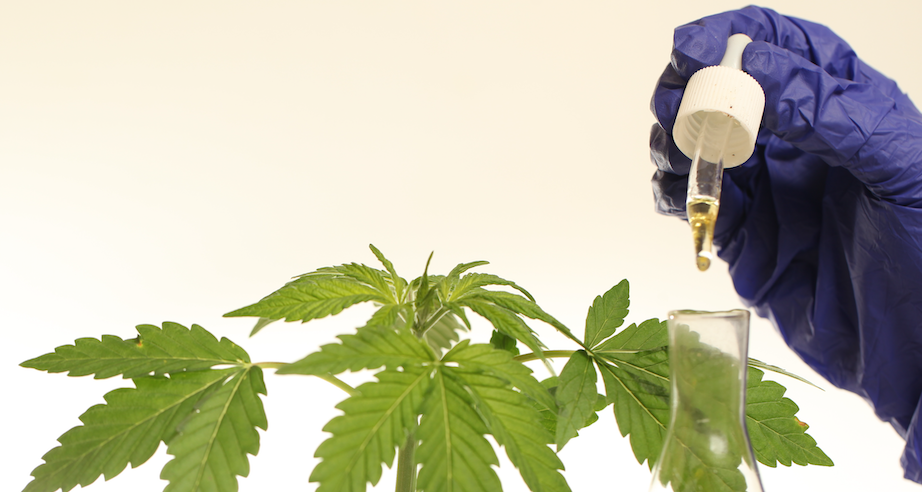Without regulatory assurances, or conventional financial services, the hemp industry faces significant headwinds. Hempseed is the most freely traded hemp commodity, with tight standards and specs, and with potential uses ranging from protein replacements for humans and animal feed from the oil extracted by-product, to cosmetics, wood finishes, paints and many other uses for the actual oil. All of these markets in aggregate represent tens of billions of dollars of opportunity.
At present, demand for hempseed is niche, with CAGR roughly in the 4% range projected over the next two years. Barriers to growth are a lack of experience, lack of adequate storage and handling, and access to markets. Three of the major US crushers, representing upwards of 20,000 acres of production in 2020, spoke at our virtual hemp conference today.
Canadian production hit roughly the 100,000-acre mark in 2020; our estimate of production in light of no official figures. Production in 2017 there surpassed 130,000 acres but has since dipped below 100,000 acres after Korean buyers turned to China for cheaper hempseed. Canada has been (pronounced bean) effective in developing export markets, and continues to export hempseed to the US, while we also sell seed and oil to our northern neighbors. Export volumes from Canada have fallen consistently since 2016, coming in at $28 million in 2020.
Chad Rosen of Victory Hemp Foods delivered our keynote, hitting on the challenges and opportunities for the hempseed segment. Agronomics and high-quality seed genetics top the list, reflecting the decades of the crop’s exile. This is absolutely to be expected at this stage, but 5 years of breeding will produce more even seedbeds and an increase in overall quality and yield.
Yields will routinely exceed 2000 lbs/ acre in the Northern Plains in 2026, but part of this will be due to agronomic advances and plain old good farming. How much $6 corn will impact hempseed planting in the Northern Plains in 2021 is unclear. Morgan Elliott and Gregg Gnecco from IND Hemp also attended today’s conference. Morgan shared her vision for IND Hemp, where they are moving into decortication in 2021 as a natural progression of their current hempseed crushing enterprise, accounting for over 10,000 acres in 2020. You’ll hear more about them in future Hemp Bulletins. Roger Gussiaas of Healthy Oilseeds in North Dakota rounded out our crusher contingent.
Perspective is far easier from the perspective of an industry observer, as compared to an entrepreneur with enormous sweat equity and resources invested. The hempseed segment is expanding and will continue to as more demand is created. This will take time, concurrent to the expansion of US infrastructure and farming capacity.
When I began selling meat to local restaurants and families in 1995, there was no established trade flow, and scant infrastructure and expertise. Local country butchers were not trained to cut lambs for prominent local chefs, limiting these lucrative sales to chefs that were comfortable butchering half or whole lamb carcasses in-house. Slaughterhouses were far, far away, a common problem for many rural and semi-rural producers. Poultry processing was not available anywhere. Poultry companies were vertically integrated and did their own processing. To skirt regulations, we sold tens of thousands of pounds of frozen meat out of the back of a slaughterhouse. Not a pretty one, either, and the meat was cut poorly, and wrapped haphazardly.
By the time I stopped farming in 2015, our areas had several local slaughterhouses, along with several specialty wholesale meat shops making sausages, bacon, and charcuterie, and retail craft butchers. Vacuum sealing and specialty meat haulers became available, and conferences brought in premier meat cutters that would also train local butchers onsite while they were in town. A community funded poultry processing plant run by prisoner labor at a minimum-security facility allowed for thousands of our pastured poultry/turkeys to be processed and marketed annually.
Tens of millions of these dollars now flow though the local economy. There are dozens of local meat producers in our area. Parallel to this local food market, a commodity market developed, representing billions of dollars in sales volume for various natural meats and poultry. It created even more opportunity, allowing me – and other farmers – to sell live grassfed cattle for a premium, above and beyond our own marketing needs. Local dairymen began finishing cattle, along with traditional cow/calf operators, fleshing out their bottom lines.
All of this transpired due to latent demand, and leadership from local farmers, extension, and sustainable agriculture organizations, who were able to remove barriers with the help of millions of dollars in tobacco settlement funding. The opportunity for funding hemp projects to remove commensurate barriers is unprecedented. We have never seen the current mix of geopolitics and market forces, all of which support funding for projects that address climate change, community development, and gender/racial diversity. The management for such projects will be the bottleneck.
Step by step, role by role, a complex market ecosystem will evolve organically for industrial hemp. Occasionally we’ll make rapid progress in one area, only to face setbacks elsewhere. Think Sunstrand. Regardless, the industry is unfolding and readers are in a unique position to shape it over the coming decades.

